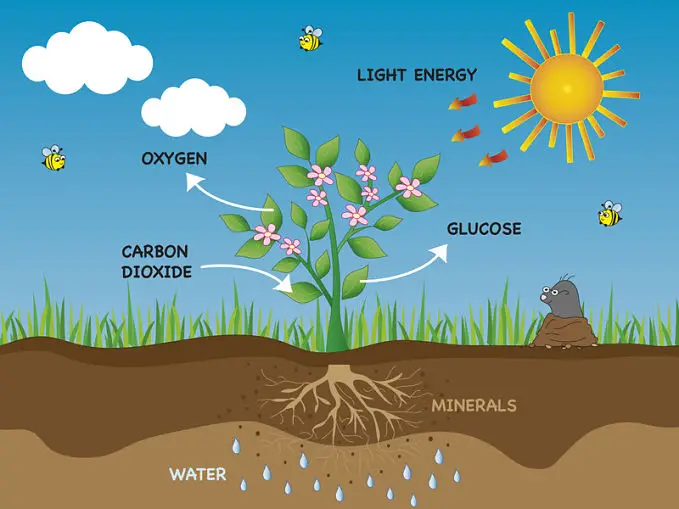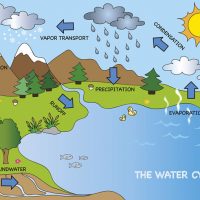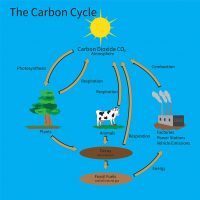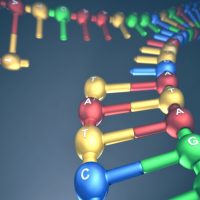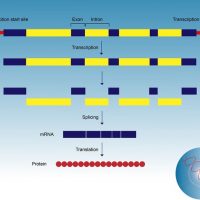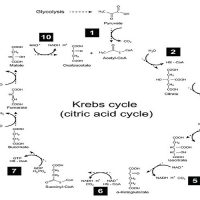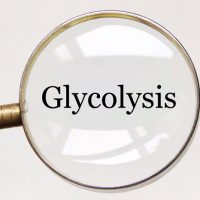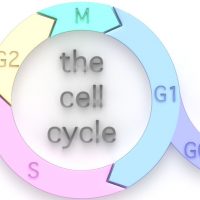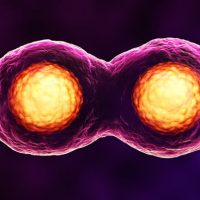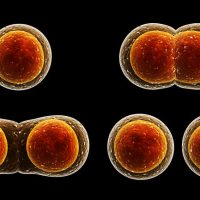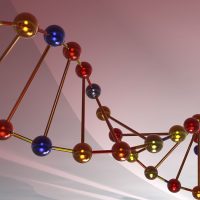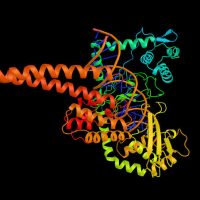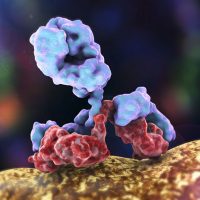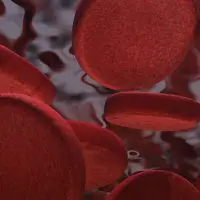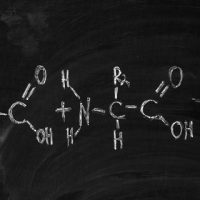Photosynthesis is the process by which plants absorb sunlight, water and carbon dioxide and produce oxygen and glucose. Why is photosynthesis important? Read on to find out …
The importance of photosynthesis
Most people think plants are boring. However, as organisms that can’t make our own food, we owe them our existence. Photosynthesis takes energy from the sun and stores it in the chemical bonds of sugar. Nearly every food chain in the world has a plant, or a producer, as its first level; thus, all heterotrophs (things that must eat) are dependent on producers for survival. In addition, photosynthesis releases oxygen as a by-product, producing an environment with enough oxygen for our survival.
Photosynthesis takes energy from the sun and stores it in the chemical bonds of sugar. In addition, photosynthesis releases oxygen as a by-product.
What happens during photosynthesis?
Photosynthesis takes place in plants, algae, and some bacteria. This multi-step process uses carbon dioxide and water from the environment with light energy from the sun to form glucose and oxygen. For photosynthesis in plants to occur, nature needs to get all the ingredients into place: carbon dioxide enters through tiny openings in the underside of leaves, water comes up the plant from the roots, and sunlight energy is captured by pigment molecules in tiny cellular organelles called chloroplasts. Chloroplasts contain the pigments and protein complexes necessary for photosynthesis to take place.
Pigments are chemicals that absorb certain wavelengths of light energy. Most plants contain mainly green chlorophyll, so they appear to be green. However, plants also contain many differently-coloured accessory pigments that allow the plant to absorb more light energy. In autumn, the green chlorophyll molecules break down due to the change in weather, and the accessory pigments are revealed, giving us the gorgeous colours of fall.
To start photosynthesis, light energy from the sun is absorbed by pigment molecules. This energy excites electrons in the chemical structure of the pigment and bumps them up into a higher energy state. These excited electrons are passed through a series of protein complexes in the chloroplast, allowing the electron’s energy to be harnessed and used to manufacture ATP (a usable form of cellular energy) and electron carrier molecules (NADPH). These two products will be used in the next set of reactions. These are the light-dependent reactions, as they require light to occur.
The light-independent reactions, or Calvin cycle, can occur anytime. The energy in the molecules of ATP and NADPH made previously is used to build glucose molecules from carbon dioxide in the environment. This glucose can be used directly in cellular respiration, built up into starch for storage, into cellulose for cell walls, or transported to other cells.

